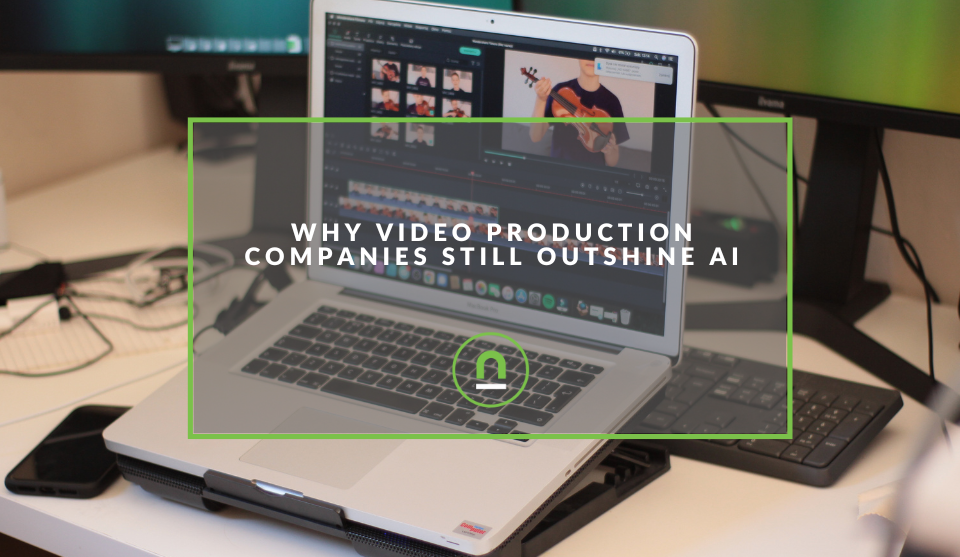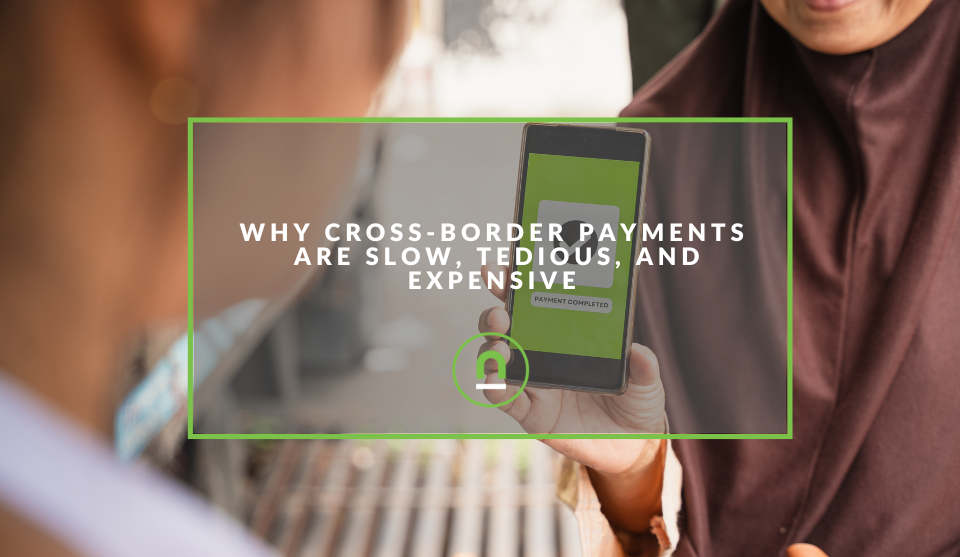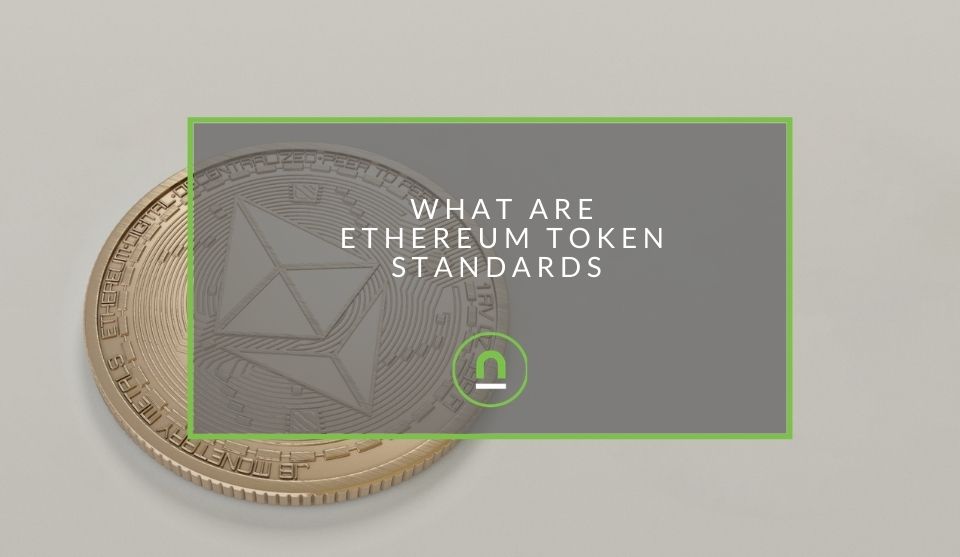Recent posts

nichemarket Advice
Why Video Production Companies Still Outshine AI
24 December 2025

Press Releases
Where You Can Find International Remote Jobs For South Africans
23 December 2025

Money Talks
Why Cross-Border Payments Are Slow, Tedious, and Expensive
17 December 2025

Money Talks
The Rise Of Trading Platforms In South Africa
16 December 2025
Popular posts
Extravaganza
Trending Music Hashtags To Get Your Posts Noticed
24 August 2018
Geek Chic
How To Fix iPhone/iPad Only Charging In Certain Positions
05 July 2020
Extravaganza
Trending Wedding Hashtags To Get Your Posts Noticed
18 September 2018
Money Talks
How To Find Coupons & Vouchers Online In South Africa
28 March 2019
What Are Ethereum Token Standards
10 September 2020 | 5 comments | Posted by Che Kohler in Money Talks
Ethereum has been the second most popular blockchain project after Bitcoin for some time now; its birth was inspired by discussions to add additional features to Bitcoin such as coloured coins and more. However, part of the Bitcoin community was not convinced that additional protocols were required and thus Ethereum was born.
Ethereum is a blockchain similar to Bitcoin but has additional features known as EVM (Ethereum Virtual Machine) which allows for smart contracts to be built, distributed and run across the network and supported by ETH client nodes and miners.
These smart contracts allow Ethereum to do more than Bitcoin, such as creating tokens, building dApps (decentralised applications), creating NTF (non-fungible tokens) and more. This general-purpose use of the chain has seen several applications and use cases created on Ethereum and in doing so, new token standards have been developed over the years.
What does Ethereum do?
Ethereum is a proof of work blockchain, meaning it has miners securing the network similar to Bitcoin. This proof of work consensus helps keep the system secure and widely distributed as a decentralised platform. Think of it as one large computer with everyone allowed to use it at any time and thousands of people (miners) supplying the energy to use it and secure your data.
As mentioned earlier, the chain is designed for running smart contracts which are pieces of code stored on the blockchain that can read and write data and are triggered by blockchain transactions. These smart contracts are wildly versatile and allow for the creation of decentralised applications (DApps) that can automate processes and run as programmed with no possibility of censorship or downtime.
Ethereum also has a currency that is used to purchase resources so you can use the chain and this currency is called Ether (ETH), and it powers the platform through transaction fees known as gas or gwei.
While smart contracts can be used in many ways, one of the most popular features is the ability for anyone to create unique tokens known as ERC tokens that exist and operate on the Ethereum blockchain.
What are ERC tokens?
ERC is an acronym that stands for Ethereum Request for Comments which is are application-level standards that are understood by the Etehreum chain. Ethereum and can include token standards, name registries, library/package formats, and more.
Ethereums nature allows anyone can create an ERC, but it is up to the creator to clearly explain their standard and foster support for it within the community. There is a range of ERC token templates that have been created for anyone can use to build a project on top of Eterheum. Each ERC has its pros and cons and is ideal for specific projects.
ERC-20
Somewhat of an OG on the chain and the most widely used token standard on Ethereum has to be the ERC-20 which proposed by Vitalik Buterin in June 2015. The ERC-20 is a simple interface that allows for the creation of tokens on Ethereum that can be re-used by other applications, from wallets such as Meta Mask or decentralised exchanges.
It is the ease of use and affordability at the time made it the token of choice for many initial coin offerings (ICOs) between 2016-2018, resulting in the ICO boom and is responsible for many of the altcoins we have today.
The ERC-20 standard has six primary functions that must be implemented to meet the standard, namely:
- totalSupply() – Used to get the token supply of a specific ERC-20 token.
- balanceOf () – Keeps track of the token balance in each Ethereum wallet.
- transfer() – Upon token creation, this function can send all the tokens to one wallet or distribute them to ICO investors.
- transferFrom() – Enables token holders to exchange tokens with one another after the initial distribution occurs.
- approve() – Used to “approve” other accounts to withdraw a certain amount of tokens from the account calling the function.
- allowance() – After approve() is used, allowance() is used to see the amount of tokens the approved account is allowed to withdraw from the original account.
ERC-2 tokens are often used to raise capital through ICOs or STOs or as a utility token to pay for a specific tool or smart contract use, as well as rewarding users for actions.
ERC-721
ERC-721 is a token standard that is also referred to as a non-fungible token (NFTs) and has the unique ability to create one of a kind digital items. While ERC-20 tokens are fungible meaning they all remain the same price and can be traded for one another; the ERC-721 has a unique value based on various attributes, similar to a collector's item.
The attributes defined by the smart contract ensure that the ERC-721 has digitally scarce properties, ensuring it retains value differently to other tokens, think digital baseball cards or collectable coins.
The ERC-721 standard was introduced to allow anyone to create tokens on Ethereum that are entirely unique from one another and can either be a completely digital product or be used to represent ownership over assets, such as the deed to a home, car or even ownership of a stock certificate.
The ERC-20 and ERC-721 have so far been the most widely used protocols on ETH, but they are by no means the only type around.
ERC 223
Similar to the ERC-20 in many ways the ERC-223 has some additional features, namely the ability for refunding of coins through a method known as a tokenFallback.
The new token standard surfaced after an issue where users would send ERC-20 token to a smart contract not built to work with the ERC-20 standard, meaning the token was lost forever.
The ERC-223 ensures tokens can only be sent to contracts with the appropriate functionality.
ERC 777
As you can tell the ERC-20 token is the baseline, and other iterations are aimed to improve specific shortfalls, in the case of the ERC-777 this token allows for smart contracts to operate on another users behalf. An ERC-20 can only be sent by a user executing a function using a wallet from one address to another. In the case of the ERC-777, operators can send tokens on behalf of another address and offers users more control over their tokens.
ERC 1155
An interface that allows smart contracts to manage multiple token types. A deployed contract may include any combination of fungible tokens, non-fungible tokens, or other types (i.e. both ERC-20 and ERC-721).
ERC 1337
Most ERC tokens work on a single transaction basis which means someone has to authorise every transaction from a wallet, making subscription payments or regular payments a manual problem. The ERC 1337 focuses on interoperability, allowing wallets to sign into recurring payment contracts and providing appropriate UI for managing and cancelling subscriptions.
ERC 677
The ERC-677 is the latest iteration of the ERC-20, and as in most cases the token inherits functionality from the ERC20 token but token transfers to contain a data payload.
It is used to pay node operators for retrieving data for smart contracts and also for deposits placed by node operators as required by contract creators known to many as staking of tokens.
The ERC-677 has been pioneered by Chainlink (LINK) and is backwards compatible for all ERC20 tokens and contracts. New tokens and contracts moving forward can implement the transferAndCall functionality, but also still fallback to the original approve-transferFrom workflow when dealing with legacy contracts.
Tokenisation for the web
As you can see from this brief guide tokenisation options, continue to expand, and this is not only the case for Ethereum. As chains like TRON, EOS and TEZOS to name, a few all have their tokenisation functionality and continue to improve their tech. Tokenisation will play a significant role in the evolution of web 3.0 and expanding the ability to transact in various ways online.
To find out more about ERCs and their functionality, check out the following sources:
Contact us
If you would like to know more about digital assets or would like to market your digital asset company or how to set it up for your business, then don’t be shy we’re happy to assist. Simply contact us
Are you looking to promote your business?
South African finance business owners can create your free business listing on nichemarket. The more information you provide about your business, the easier it will be for your customers to find you online. Registering with nichemarket is easy; all you will need to do is head over to our sign up form and follow the instructions.
If you require a more detailed guide on how to create your profile or your listing, then we highly recommend you check out the following articles.
Recommended reading
If you enjoyed this post and have a little extra time to dive deeper down the rabbit hole, why not check out the following posts on cryptocurrency and blockchain.
- Why Blockchain and Cryptocurrency Is The Future Of Money
- 24 Ways To Earn Cryptocurrency
- How To Pay Tax On Cryptocurrency In South Africa
- How To Buy Bitcoin In South Africa
- Why Does Your Bitcoin Wallet Address Keep Changing?
Disclaimer: This article should not be taken as, and is not intended to provide any investment advice and is for educational purposes only. As of the time posting the writers may or may not have holdings in some of the coins or tokens they cover. Please conduct your own thorough research before investing in any cryptocurrency as all investments contain risk.
Tags: Blockchain , Cryptocurrency
You might also like
Why Cross-Border Payments Are Slow, Tedious, and Expensive
17 December 2025
Posted by Che Kohler in Money Talks
While we have modernised many industries, surprisingly, digital payments are struggling to keep up, and the old way of transferring funds online has ...
Read moreThe South African VAT Threshold Chokehold
05 December 2025
Posted by Che Kohler in nichemarket Advice
How South Africa's R1 Million Limit Keeps Small Businesses From Developing, And Why Even Adjusting For Inflation Alone Would Free Up Burdens On Small...
Read more{{comment.sUserName}}
{{comment.iDayLastEdit}} day ago
{{comment.iDayLastEdit}} days ago
 {{blogcategory.sCategoryName}}
{{blogcategory.sCategoryName}}

